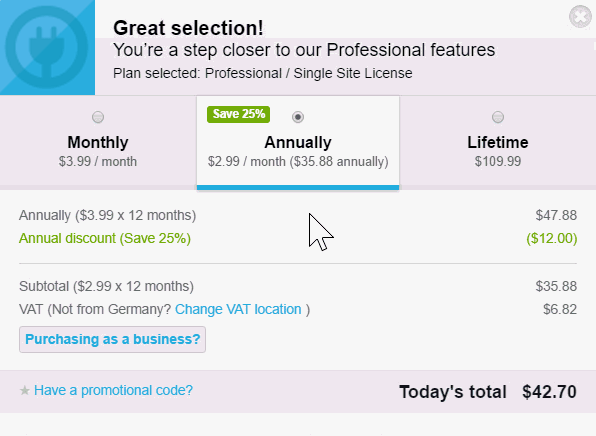Collecting EU VAT in Europe
What WordPress Plugin and Theme Sellers Need to Know
European Union Value Added Tax regulations stipulate that if your business sells digital goods to European consumers, you have to charge them local VAT based on their locations.

